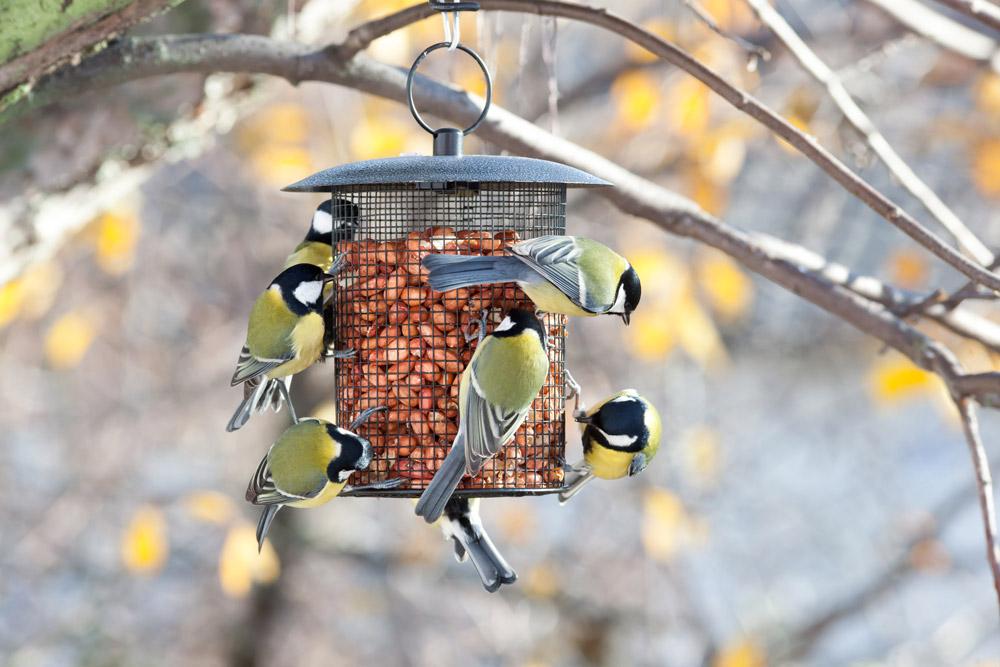More than a quarter of Britain’s birds are now on the RSPB’s red list, meaning that their numbers are in severe decline.
Some of the recent additions to the red list are thought of as common garden birds, such as the greenfinch. Others, such as the swift and house martin, only spend spring and summer visiting the UK before migrating to warmer climes. But the environment they encounter in the UK, as well as along their migration routes, affects their survival significantly.






